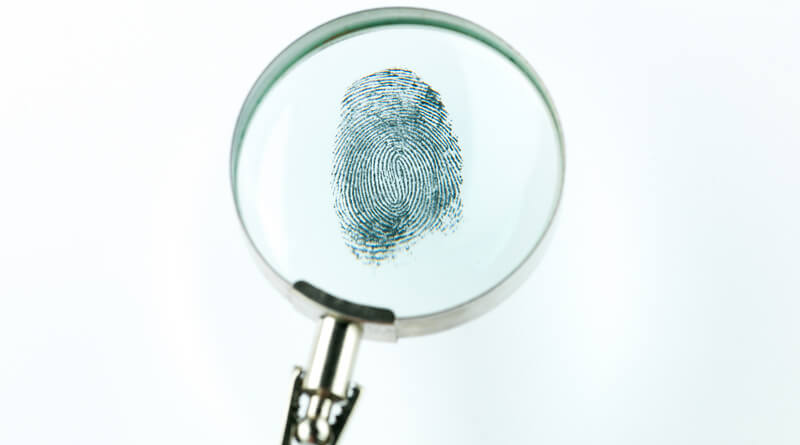Patient experience in healthcare is vital for both hospitals and patients

Patients are customers of the healthcare industry, and like conventional customers, they anticipate an improved patient experience – shorter wait times, accurate identifications, and more focus of physicians. However, emphasizing on patient experience is not only beneficial for the patients but also the health systems, as well. Let’s see how exactly this is true.

There’s a common saying in the healthcare industry – healthcare is continuously evolving, and those serving the industry need to be on top of the situation by adapting to the situation. This means that if health systems do not adapt to technologies improving the patient experience, they will lag behind. Just like customers, patients can shift to other health systems offering the best patient experience possible.
Because of this, several experienced personnel in the healthcare industry agree on two things which are common nowadays, regardless of these technological advancements – patients are the core of their care strategies and health systems are focusing on positive patient outcomes and patient experience in healthcare.
The changing landscape
As previously mentioned, the healthcare industry works almost like any other industry. Patients now have access to a massive amount of information with which they can make informed decisions regarding themselves or their close loved ones. Thus, patients have evolved according to the transformation of the healthcare industry. Thanks to digitization, they have become more knowledgeable, more informed, and are better prepared for decision-making compared to before. Patients interact with other sectors as well, daily, and from those interactions arise the expectations of superior customer (patient) experience from the healthcare industry.
How is the healthcare industry responding?
As the demands of the patients keep changing, many healthcare providers are tailoring their services accordingly to keep up with the formers’ expectations. Health systems are doing so by adopting the latest technologies available to meet the demands of the patients; for instance, using patient engagement apps to keep the patients connected and ensuring active participation from the patients’ ends and establishing loyalty among the patients in the process. This also generates in lower patient readmissions, as non-critical issues can be solved efficiently via the apps through communication between the doctors and patients, thus, better patient outcomes.
However, patient experience goes both ways. There have been multiple studies which refer to the positive correlation between patient experience and physician experience. The better the patient experience is, the better the physicians are motivated, as well. Also, physicians have had burnouts due to inefficiencies like clunky EHRs. The physicians reported that they would rather focus on their patients than look at the screen all day long and click the mouse a thousand times, which is the case every day for any given physician. Thus, removing such tedious tasks and improving patient experience can result in an overall better experience for all of those involved.
The multibillion-dollar question
There is another aspect of the patient experience which has been overlooked by many – patient misidentification. This is a massive problem of the healthcare industry, and the losses caused by it are unprecedented. Thus, it is aptly called a multibillion-dollar issue. However, it not only causes financial losses but also results in various degrees of problems for the patients, ranging from wrong treatment plans to even untimely deaths. Also, as previously mentioned, this is the aspect of healthcare which causes burnouts in the physicians – interacting with EHRs to identify patients, and sometimes it takes a long time to do so correctly.
Every day, we read an article about patient matching errors, how it impacts the patients, the health systems, and how big of a problem it is. Thanks to numerous studies, statistics, and facts, it is not sidelined anymore, as health systems are now clamoring for solutions to it. But is there an effective solution? There is, and it is called RightPatient. RightPatient is a biometric patient identification system which focuses on iris scanning to provide a safe, secure, and hygienic way to accurately identify the patients, as there is no necessity for physical contact and all the patient needs to do is look at the camera. Once a patient is registered in RightPatient, there are no chances for any duplicate records, as the data is linked to the EHR of the patient. RightPatient also seamlessly integrates with any significant EHR system and is effectively used by over a hundred hospitals to ensure patient safety, enhance the patient experience (which in turn improves the experience of all involved with patient identification), and cut losses caused by misidentifications.





















